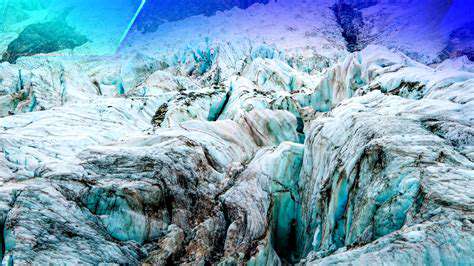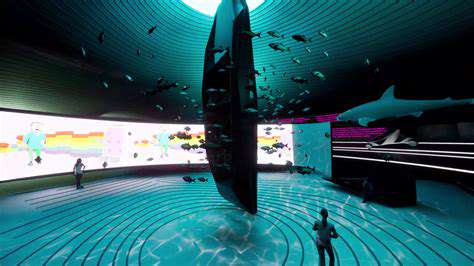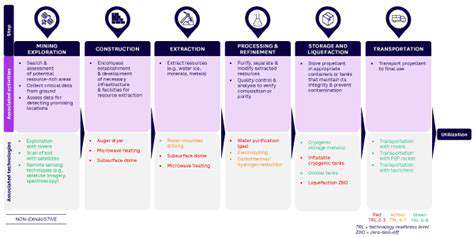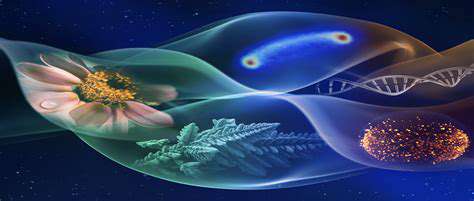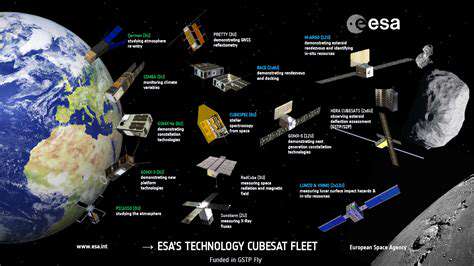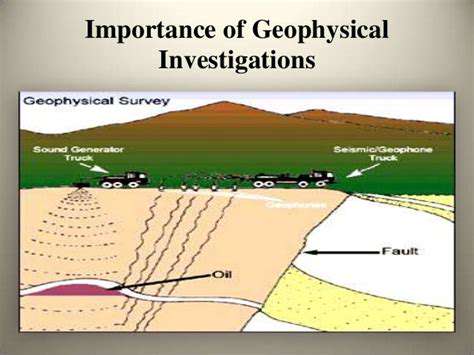Exploring the Realm of Distant Objects
The 2019 Arrokoth flyby revealed a cosmic snowman unlike anything in planetary science textbooks. This contact binary's two lobes, gently fused together, present a pristine example of how planetesimals assembled in the early solar system. Planetary scientists were stunned by its smooth surface and uniform color - evidence of a remarkably gentle formation process.
Subsequent observations of other KBOs showed striking variations. Some resemble battered asteroids, others display comet-like outgassing, while a few exhibit mysterious red coloration. This diversity suggests the Kuiper Belt isn't merely a storage unit for solar system leftovers, but a dynamic region with complex evolutionary processes. The spacecraft's long-range cameras continue identifying dozens of new objects annually, each adding pieces to our solar system formation puzzle.
Technical Marvels of the Extended Mission
Operating a spacecraft 50 times farther from the Sun than Earth requires extraordinary engineering. New Horizons' systems demonstrate remarkable resilience: its plutonium power source still provides 190 watts (down just 15% since launch), while its star tracker navigation system functions flawlessly despite 18 years in space. The spacecraft's 2.1-meter high-gain antenna maintains a 1 kilobit/sec data link with Earth - slower than 1990s dial-up but sufficient for priceless scientific returns.
Mission engineers devised ingenious solutions to extend operations, including:
- Reprogramming the onboard computer to compensate for degrading memory
- Developing new image compression algorithms for bandwidth constraints
- Implementing novel power-sharing protocols between instruments
Scientific Discoveries and Implications
The mission's findings challenge conventional solar system models. Arrokoth's undisturbed state contradicts theories predicting violent early collisions. Detected organic molecules suggest KBOs may have seeded early Earth with life's building blocks. Perhaps most startling: the Kuiper Belt appears more massive and extended than previously believed, hinting at undiscovered populations of objects.
These discoveries have spawned new research areas:
| Discovery | Scientific Impact |
|---|---|
| Arrokoth's formation | Revising planetesimal accretion models |
| Organic molecule diversity | Reevaluating prebiotic chemistry distribution |
| Unexpected KBO density | Rethinking solar system formation boundaries |
The Future of Exploration in the Kuiper Belt
New Horizons' success has catalyzed planning for dedicated Kuiper Belt orbiters. Proposed missions would deploy advanced spectrometers and radar systems to study multiple objects in detail. Meanwhile, the spacecraft continues its trailblazing journey, with enough power for operations until 2035. Its plasma instruments now study the heliosphere's edge, while cameras search for the hypothetical Planet Nine.
Future exploration priorities include:
- Close study of a blue KBO (water ice dominated)
- Characterization of a binary system with extreme size ratio
- Search for volatiles in ultra-red objects
The Legacy of New Horizons
Beyond its scientific returns, New Horizons represents a paradigm shift in deep space exploration. It demonstrated that small, focused missions (<1,000 kg) could achieve transformative science in the outer solar system. The mission's public engagement - from naming KBOs via public votes to its active social media presence - has inspired millions worldwide.
Perhaps its greatest legacy lies in proving that even after primary missions end, spacecraft can continue delivering revolutionary science when given the chance to explore further. As New Horizons ventures deeper into the Kuiper Belt, each transmission continues rewriting textbooks about our cosmic origins.
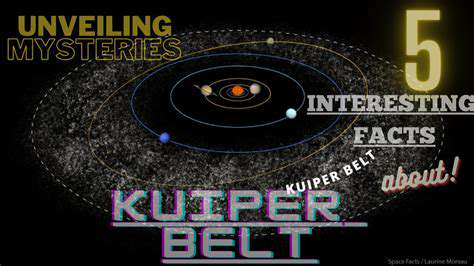
The Scientific Discoveries of the Extended Mission

Revolutionizing Our Solar System Timeline
New Horizons' data has forced planetary scientists to reconsider when and how the outer solar system formed. The spacecraft's measurements of crater densities on KBO surfaces suggest the Kuiper Belt's population formed rapidly - within the first 100 million years of the solar system. This contradicts previous estimates of gradual accumulation over billions of years.
Equally surprising was discovering that some KBOs show evidence of recent geological activity. Detection of fresh ice deposits and tectonic features implies these distant worlds aren't completely frozen in time, challenging assumptions about heat sources in the outer solar system.
The Building Blocks of Planets
Arrokoth's two-lobed structure provides the clearest evidence yet for how planetesimals grew. Its gently merged components suggest particles first formed small clusters in the solar nebula, then combined through low-speed collisions. This pebble accretion model differs markedly from traditional hierarchical accumulation theories.
Spectroscopic analysis revealed another surprise: despite similar surface composition, the two lobes show subtle chemical differences. This suggests they formed in slightly different regions of the protoplanetary disk before merging, providing unprecedented insight into our solar system's chemical gradients during formation.
Atmospheres in the Deep Freeze
While Pluto's atmosphere was expected to collapse as it moved farther from the Sun, New Horizons found it remains surprisingly robust. This discovery has forced atmospheric modelers to reconsider the physics of gas retention at extreme distances. Even more astonishing was detecting possible transient atmospheres around smaller KBOs, which current models cannot explain.
These findings have implications beyond our solar system. They suggest atmospheric processes on exoplanets in wide orbits may be more complex than previously believed, potentially expanding the habitable zone concept.
The Kuiper Belt's Hidden Structure
By measuring how distant stars' light dims as KBOs pass in front, New Horizons has helped map the belt's three-dimensional structure. The data reveals unexpected clustering of objects in certain orbital planes, possibly hinting at past gravitational disturbances from unseen bodies. Some scientists speculate this could be evidence for Planet Nine's influence, though the debate continues.
The spacecraft's dust detectors have also recorded higher-than-expected micrometeoroid impacts, suggesting the Kuiper Belt contains more small debris than models predicted. This has important implications for future missions navigating these distant regions.
As we push exploration boundaries with missions like next-generation space telescopes, New Horizons demonstrates there's still revolutionary science to be done in our own cosmic backyard. Its extended mission proves that some of the most profound discoveries come not from looking farther, but looking differently at what we thought we understood.
The Future of New Horizons and its Legacy
Pioneering the Next Decade
With power expected to last until 2035, New Horizons continues its unprecedented journey. Mission planners are evaluating several potential future targets, prioritizing objects that could reveal new aspects of Kuiper Belt diversity. The spacecraft's unique position also makes it invaluable for studying the interstellar medium as it approaches the heliopause.
Lessons for Future Missions
New Horizons' longevity has provided a masterclass in spacecraft resilience. Its systems have endured:
- 18 years of cosmic ray bombardment
- Operating temperatures near absolute zero
- Power levels that would cripple most Earth satellites
These lessons are being incorporated into designs for the next generation of outer solar system probes, proving that robust engineering can outlast even the most optimistic mission timelines.
Inspiring Continued Exploration
The mission's success has spurred development of new technologies for Kuiper Belt exploration, including:
| Technology | Purpose |
|---|---|
| Cryogenic sample return | Bringing pristine KBO material to Earth |
| Nuclear-electric propulsion | Enabling orbital missions around distant objects |
| Quantum communication | Overcoming deep space bandwidth limits |
As quantum technologies mature, they may unlock new ways to study these distant worlds, continuing New Horizons' legacy of pushing scientific boundaries.

